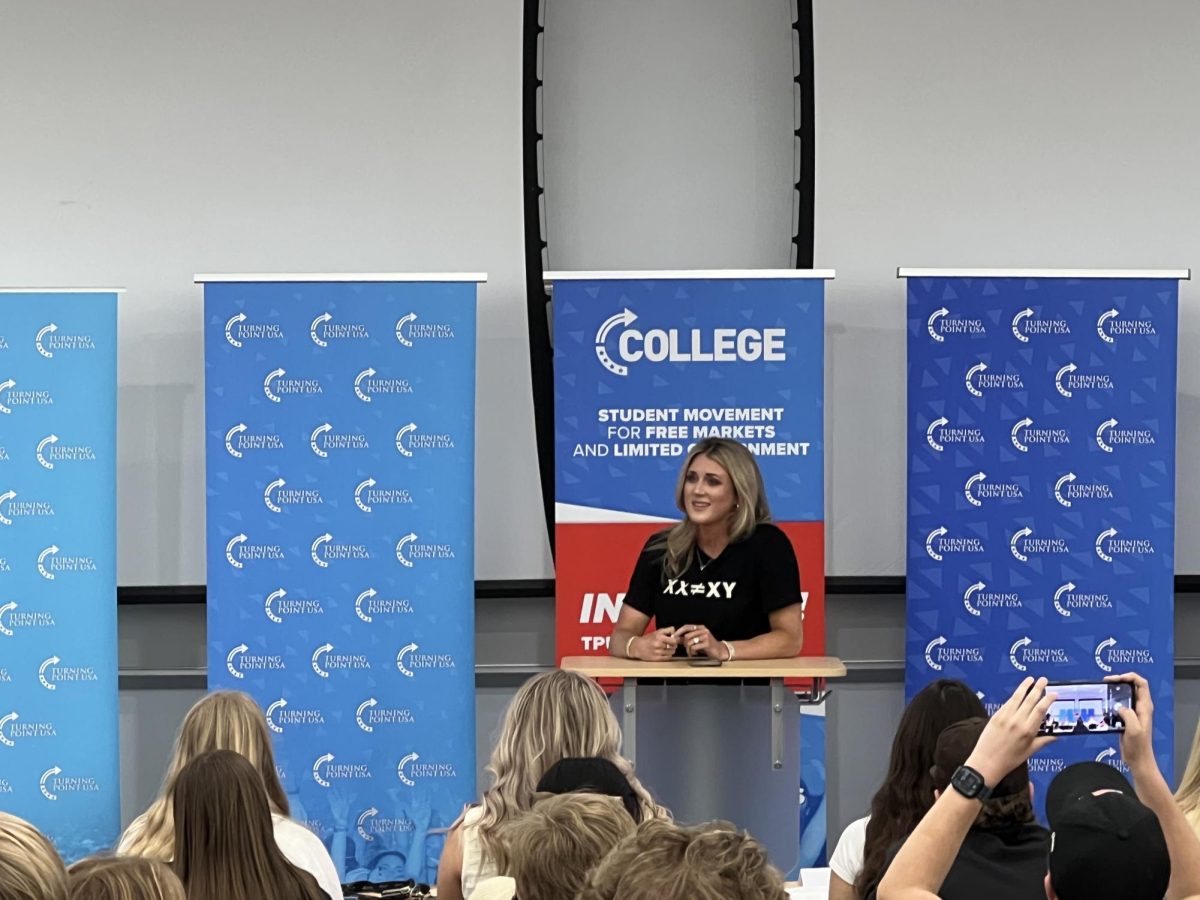
After being postponed in 2022 due to reinterpretations of regulations, Wrightsville Beach desperately needs renourishment. The beach renourishment project by Marinex Construction Inc. officially started in January is scheduled to finish this week.
Beach renourishment projects are supposed to be done every four years to prevent coastal erosion. One goal of the project is to deepen the coastline and give people who live in Wilmington and Wrightsville Beach more protection from storms through a buffer.

Although artificial renourishment serves as a short-term fix for coastal erosion, it remains crucial for safeguarding natural habitats for marine creatures like seabirds, preserving local infrastructure and ensuring ample beach space for both Wilmington residents and tourists during the summer.
“With a nourished and healthy beach, the dunes and vegetation can help dampen the energy of the storm and protect the beachfront homes and businesses decreasing the negative impacts from having a direct hit,” said Emily Weber, vice president of the Society of Women Engineers (SWE).

Wren Usiatynski, president of SWE, and Weber set up a meeting with Marinex Construction for members of SWE to tour the dredging site. SWE is a new organization at UNCW that focuses on encouraging women interested in pursuing a career in STEM or interested in learning more about STEM subjects.
Tyler Stubbs, the Construction Manager for Marinex Construction, showed the members of SWE around the dredge site. According to Stubbs, the project has moved approximately 820 thousand cubic yards of sand to Wrightsville Beach. By the end of this week, the project is expected to move a total of 1 million cubic yards of sand. The project is currently averaging around 24 thousand cubic yards of sand moved per day.

Dredge Wadmalaw is a relatively new dredge from Charleston, S.C., that has been an active source throughout the project. The fresh sand collected from Masonboro Inlet is deposited in a slurry of water and sand. In a project like this, the sand collected must match the texture, quality, origin and color as sand is naturally available in the target area. To keep Wrightsville Beach clean and to protect the dredge, Marinex Construction has been careful to avoid areas of heavy pollution.
Despite concerns early in the process, the sand is coming from a Marinex Construction dredge site in the Masonboro Inlet. Previously, this project was expected to dredge from deeper in the Atlantic. If this plan had continued, the state and local expenses for this project would have been costly; however, local and state representatives were able to move the dredge site back to where it takes place in the Masonboro inlet. Because the project was postponed, it is now classified as an emergency renourishment project. Emergency projects are the responsibility of the federal government, so our local and state governments were not responsible for paying for the dredging and renourishment. This $14 million project was entirely federally funded from an emergency fund.



















